Xiaomi 2025: XRING O1, SU7 & AI Revolution
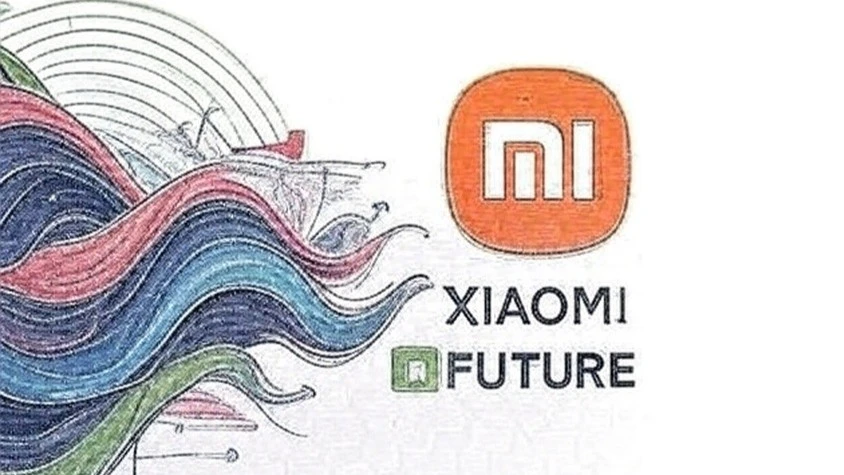
Unleashing Innovation: Xiaomi’s Revolutionary Tech in 2025 – A Deep Dive
Xiaomi’s rapid rise from a scrappy startup to a global tech giant is nothing short of remarkable. This article dives deep into Xiaomi’s groundbreaking achievements in 2025, showcasing its innovative products and exploring its impact on the future of technology. We’ll be looking at everything from their cutting-edge chipsets to their ambitious foray into electric vehicles and the ever-expanding IoT ecosystem. Buckle up, because this is one wild ride! Xiaomi Innovation 2025.

1. Xiaomi’s Journey: From Startup to Tech Leader
Lei Jun founded Xiaomi in 2010 with a simple, yet powerful vision: to bring innovative technology to everyone. Their initial focus on MIUI, a highly customizable Android-based operating system, quickly garnered a loyal following. The winning combination of high-quality products at competitive prices propelled Xiaomi to become, by 2025, the world’s second-largest smartphone manufacturer, trailing only Samsung. Beyond smartphones, Xiaomi completely dominates the IoT market, boasting a sprawling ecosystem connecting everything from smartwatches to smart refrigerators. Their “Innovation for everyone” motto isn’t just a slogan; it’s a genuine reflection of their commitment to accessibility. In 2025, they poured over 6,500 million RMB (approximately $900 million USD) into R&D, employing over 2,800 engineers dedicated to everything from designing their own custom chips to revolutionizing electric mobility.
2. Xiaomi’s Transformative Innovations in 2025
2.1. XRING O1: The Chip That Redefines Performance
2025 marked a pivotal moment for Xiaomi’s technological independence with the launch of the XRING O1. This 3nm chip, manufactured using TSMC’s cutting-edge N3E technology, boasts a staggering 19 billion transistors. It’s a serious contender to Apple’s A18 Pro, powering top-tier devices like the Xiaomi 15S Pro, the Pad 7 Ultra, and the Watch 4s. The XRING O1 shines with its energy efficiency, advanced AI capabilities, and blistering-fast 5G connectivity, resulting in incredibly smooth performance across gaming, applications, and multitasking. Despite US export restrictions that could hamper access to advanced manufacturing nodes, Xiaomi cleverly navigated these hurdles through strategic partnerships and internal development. The XRING O1 isn’t just a performance boost; it signals Xiaomi’s commitment to vertical integration.
2.2. Xiaomi SU7: A Milestone in Electric Mobility
The Xiaomi SU7, launched in 2024, boldly marked Xiaomi’s entry into the fiercely competitive electric vehicle market. By 2025, this sleek electric sedan had carved a significant niche for itself, thanks to its stylish design, cutting-edge technology, and competitive pricing compared to industry giants like Tesla and BYD. Manufactured at Xiaomi’s Beijing plant, the SU7 leverages the innovative Hyper Die-Casting 79100 system, achieving an impressive production rate of one vehicle every 76 seconds, maximizing efficiency and cost savings. The SU7 seamlessly integrates with Xiaomi’s HyperOS, allowing users to control their smart home devices directly from their car—a truly connected driving experience. Unfortunately, a serious accident in March 2025 involving a SU7 in assisted driving mode resulted in fatalities, sparking controversy. Xiaomi responded swiftly with software updates and a renewed commitment to safety, showcasing a commendable display of corporate responsibility.
2.3. Artificial Intelligence: MiMo-7B and the Power of Personalization
Xiaomi unveiled the MiMo-7B, a powerful AI model, in April 2025. This AI significantly enhances the capabilities of its devices. Smartphones, tablets, and wearables now boast more intelligent virtual assistants, advanced photo and video editing capabilities, and real-time energy optimization. The seamless integration of MiMo-7B with HyperOS creates a cohesive experience across devices, connecting users’ homes, cars, and digital lives more fluidly than ever before.
2.4. IoT Ecosystem: Smart Living Simplified
Xiaomi reigns supreme in the global IoT market, offering a dizzying array of products ranging from robot vacuum cleaners to smart security cameras and smart home appliances. In 2025, Xiaomi announced the opening of a new dedicated IoT factory, significantly bolstering its production capacity. Products like the Mi Robot Vacuum X20 and the Mi Smart Camera 3 have been recognized with prestigious awards such as the Red Dot Design Award for their elegant design and affordable pricing.
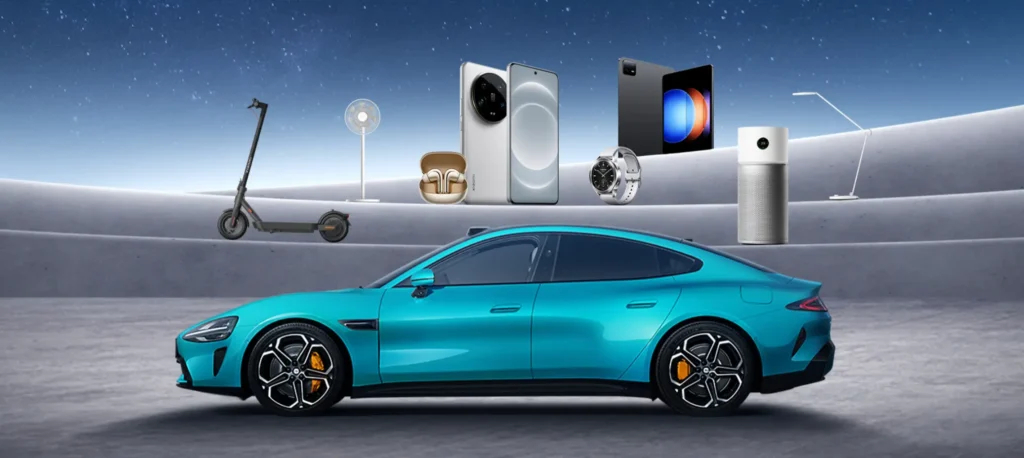
3. Strategies Driving Xiaomi’s Success
3.1. The Mi Fans Community: Collaborative Innovation
Xiaomi’s collaborative approach sets it apart. The company actively engages its passionate user community, known as “Mi Fans,” in product development. This community plays a crucial role in shaping the evolution of MIUI, providing valuable feedback and suggestions that are incorporated into regular updates. This bottom-up approach ensures that Xiaomi devices truly cater to the needs of its users, a great example being the focus on extended battery life for users who rely heavily on demanding apps.
3.2. Iterative and Adaptive Innovation
Xiaomi’s commitment to iterative innovation is evident in its continuous release of updates and improvements based on user feedback. This agility allows the company to quickly adapt to market trends and maintain a competitive edge. For instance, HyperOS in 2025 incorporates real-time AI optimization features that enhance the user experience.
3.3. E-commerce and Accessibility
Xiaomi’s direct sales strategy, leveraging e-commerce and flash sales, eliminates intermediaries and keeps costs down. Combined with a strong social media presence, this model has cultivated a loyal customer base who view Xiaomi as a brand that is both approachable and accessible.
4. Challenges and Opportunities for Xiaomi
Challenges:
- Technological Restrictions: US sanctions could restrict Xiaomi’s access to advanced technologies, potentially impacting production of chips like the XRING O1.
- Intense Competition: Xiaomi faces stiff competition from tech giants like Apple, Samsung, and Tesla. Maintaining its edge requires continuous innovation and differentiation.
- Brand Perception: While recognized for innovation, some critics accuse Xiaomi of imitating Apple. Strengthening its unique brand identity is crucial.
Opportunities:
- Expansion into Emerging Markets: Regions like India and Latin America offer immense growth potential for Xiaomi.
- Leadership in AI and IoT: Advancements in MiMo-7B and the expanding IoT ecosystem position Xiaomi as a leader in smart living.
- Sustainability: The increasing demand for eco-friendly products, such as electric vehicles and energy-efficient devices, presents significant opportunities.
5. Conclusion: Xiaomi and the Future of Innovation
In 2025, Xiaomi isn’t just competing with tech giants; it’s actively reshaping the industry with its unwavering focus on accessibility and innovation. The XRING O1, SU7, MiMo-7B, and the ever-expanding IoT ecosystem are transforming the way we interact with technology. Xiaomi’s dedication to quality, user collaboration, and competitive pricing ensures its continued dominance in the years to come. For consumers seeking cutting-edge technology without breaking the bank, Xiaomi consistently delivers—and exceeds—expectations. In 2025, Xiaomi isn’t just unleashing innovation; it’s making it accessible to everyone.

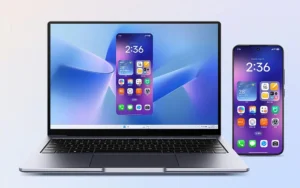
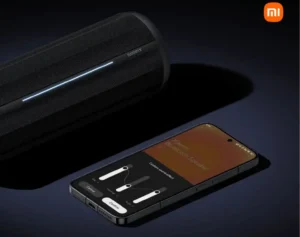


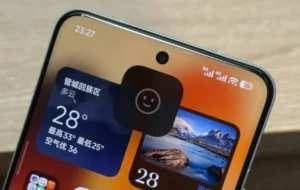
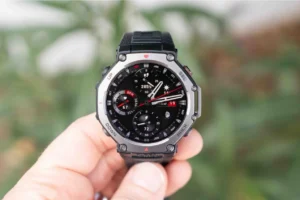
1 thought on “Xiaomi 2025: XRING O1, SU7 & AI Revolution”